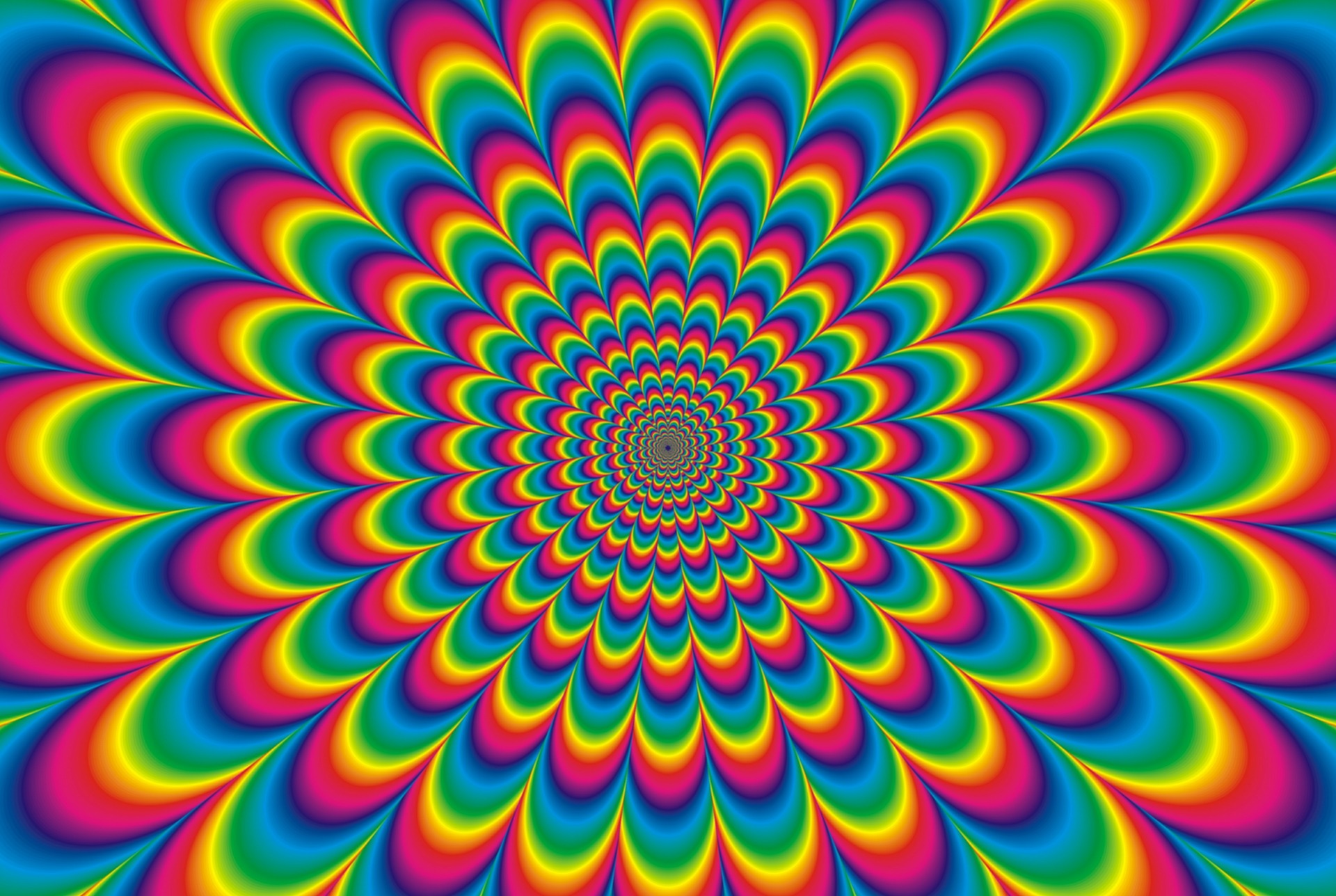What are The Implication of Hallucinating, Hallucinating is a phenomenon that has been around for centuries and has been associated with spiritual and religious practices. It can be experienced differently, from dreaming to hearing voices or visions.
What are The Implications of Hallucinating
What are The Implication of Hallucinating, The implications of hallucinating are vast, ranging from its potential use as a form of exorcism to its potential therapeutic benefits.
By understanding the implications of hallucinating, we can gain deeper insight into our own minds and the spiritual realm. This can help us better understand our own experiences and those of others.
Many cultures throughout history have used hallucinating as a means to explore the spiritual realm. One example of this is the use of hallucinogens by some indigenous peoples, such as chihuahua, peyote, and epsilon.
Plants That Trigger Hallucinating
These plants contain hallucinogens and are often used in religious ceremonies by shamans who have undergone a spiritual journey. The shamans believe these plants have the ability to help them communicate with the spirit world and other worlds that cannot be seen through physical sight.
They believe these plants allow them to transcend their human limitations and see beyond what one can physically perceive through modes.
The shamans believe these plants have the ability to help them communicate with the spirit world and other worlds that cannot be seen through physical sight. They believe these plants allow them to transcend their human limitations and see beyond what one can physically perceive through modes of consciousness such as dreams, visions and transcendental experiences.
The hallucinogenic plants are typically found at the mouths of caves or small openings in large rocks where, according to the shamanic belief system, they first descended from their home worlds. Shamans have traditionally used these plants to enter a trance state in which they can communicate with spirits and journey into other worlds that are not accessible through physical sight. Their discovery and use of these plants is believed to date back thousands of years.
Common Types Of Hallucinating
Hallucinations can be a form of spiritual experience, and their implications can range from the profound to the mundane. While hallucinations have been widely associated with dreaming and altered states of consciousness, there is also evidence that they can be induced for therapeutic purposes, such as exorcism. By exploring the implications of hallucinating, we can better understand how it affects our perceptions and beliefs about reality.
Common hallucination types include:Auditory hallucinations – hearing sounds, voices; typically impaired perception of reality.Visual hallucinations – seeing things that are not there, typically enhanced perception of reality.Simultaneous/sensory hallucinations- sense of feeling that something is happening to your body without actually being present.Olfactory hallucinations- smelling smells which do not exist in the present context.
Hallucinating Can Be Mistake For Madness
Hallucinating can be a sign of madness, but it can also be a spiritual experience. Many cultures have believed that hallucinations are messages from higher powers, and they have developed rituals to interpret them. In some cases, these rituals involve dreaming or exorcism.
Hallucinations can be confusing and frightening if they are not understood in their proper context. It is important to remember that hallucinating does not necessarily mean that one is mad or suffering from mental illness; it could simply mean that the person is experiencing something spiritual or supernatural.
The definition of hallucinating is: “to have vivid and realistic sensory experiences that seem to be caused by external stimuli but originate in one’s mind.”Hallucinations can occur on their own or with the assistance of a substance. Hallucinations most commonly occur with the use of drugs such as LSD, marijuana, and hallucinogenic mushrooms.
This is due to the fact that these drugs have both visual and auditory effects which cause hallucinations. Some people also report experiencing hallucinations after drinking alcohol. It is not uncommon for some people to have flashbacks – a brief recurrence of a hallucinatory experience – during an episode of sleep deprivation or after listening to music that induces hallucinations.

Summary
Hallucinating is a phenomenon that has been around for centuries. It is an altered state of consciousness that can be induced by various means, such as spiritual practices, dreaming, and even exorcism. It can be used to explore the depths of the mind and gain insight into the workings of the subconscious. In this article, we will explore what hallucinating is and how it works in detail.

